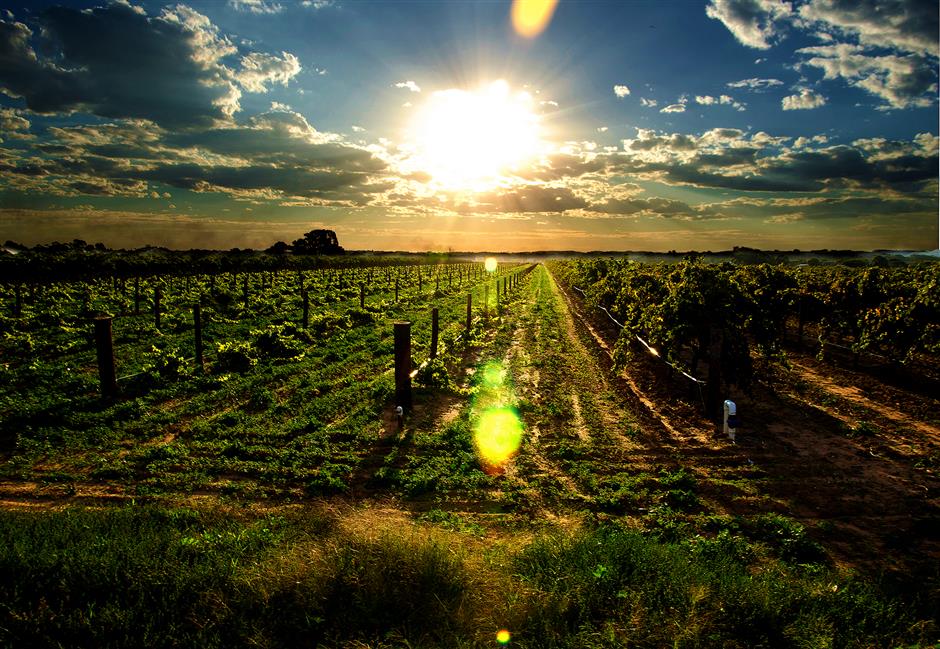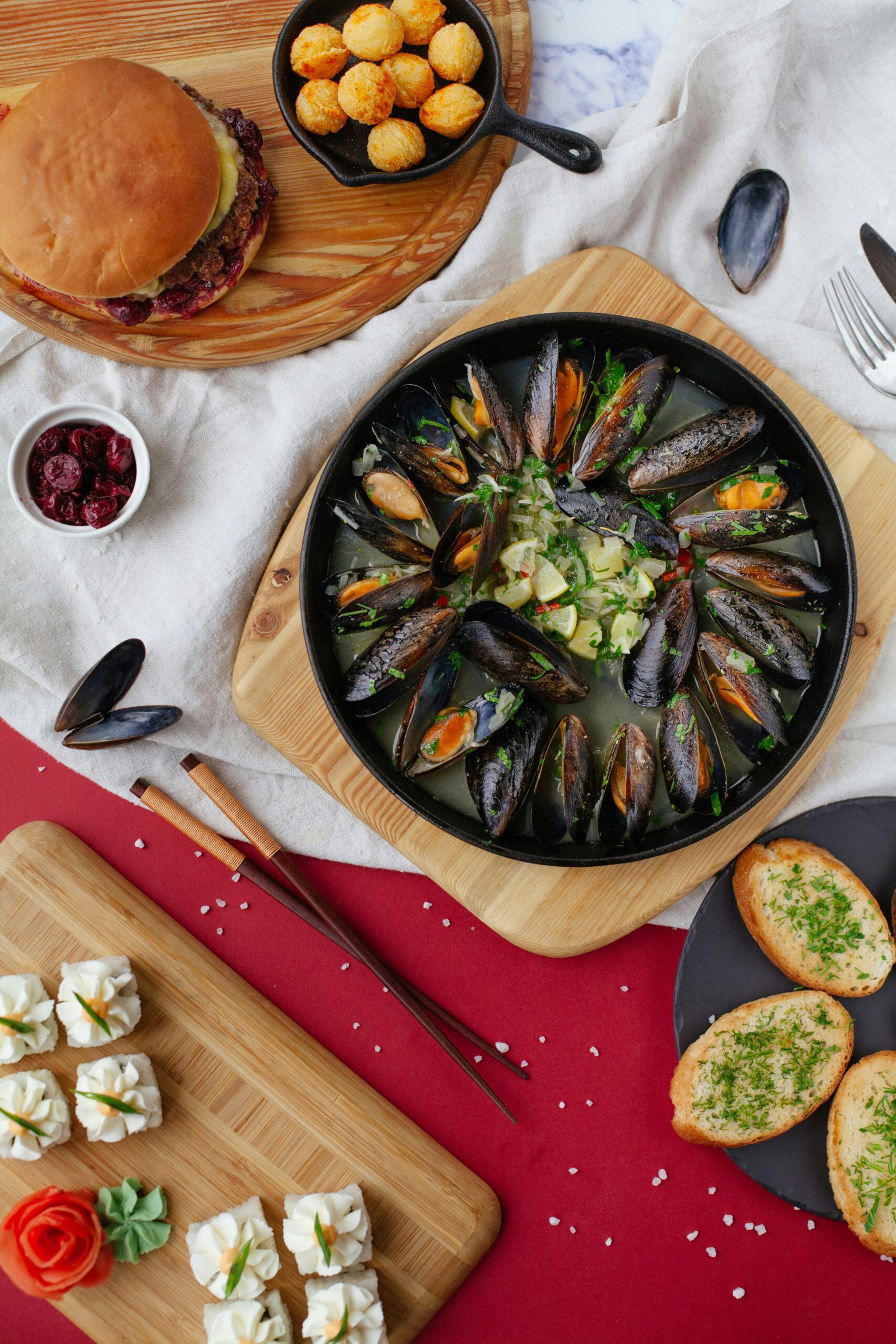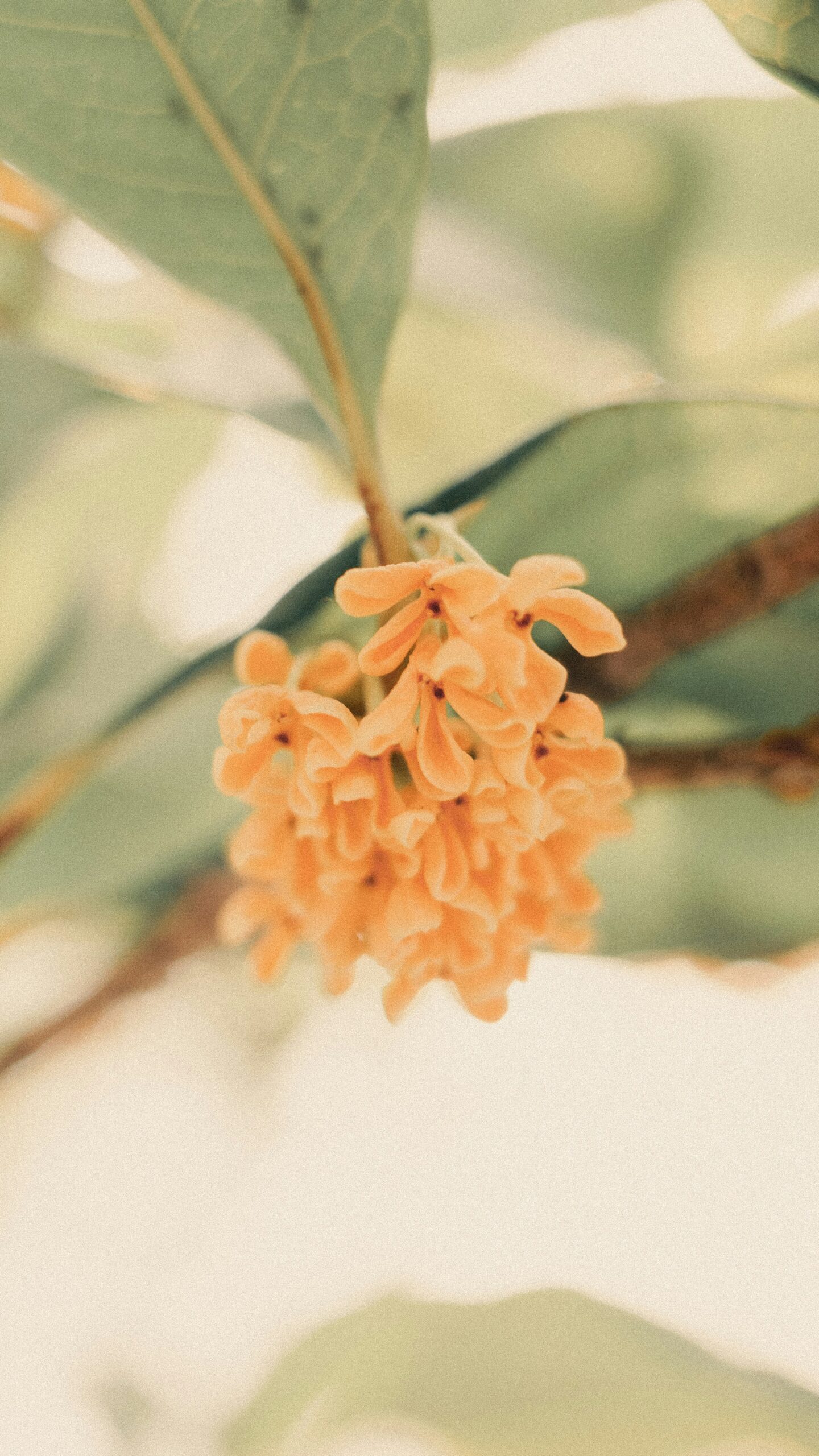Summary
The topic of pairing wines with spicy foods is somewhat controversial. Many “old-school” wine connoisseurs and famous contemporary wine critics insist wine is too delicate for spicy foods. The propagators of this erroneous creed have traditionally been Western wine authorities that have limited or no knowledge of Chinese cooking.
The reality is that most of these wine opinion leaders don’t understand spicy Chinese dishes. Fortunately, Chinese wine-loving gourmets and wine specialists living in China are rewriting the book on pairing wines with spicy Chinese fare. Science is on their side.
Contrary to the popular conception that spicy and numbing ingredients dull the palate, scientific studies indicate that chilies and peppercorns stimulate the receptors of the tongue and sharpen a person’s ability to differentiate the flavors and textures of foods. So what are the most appropriate wines for spicy dishes? There are many good solutions but in general a spicy-friendly wine should feature ample fruitiness, moderate oak, soft tannins and an overall exuberant and robust style that stands up to spices and strong flavors. One of Southern Australia’s oldest wine regions is perfect for this.
The first Aussie red wines to garner global attention and praise were Cabernet Sauvignon and other Bordeaux varieties in the cool climate regions of Coonwarra and Padthaway. At the time, Shiraz grapes from the Barossa Valley were mostly used for blending. Then in the latter half of the 20th century, pioneering Aussie producers like Penfolds and Wolf Blass started to change the reputation of Australian wines in general and Shiraz wines in particular.
Blessed with some of the world’s oldest Shiraz vines, winemakers started producing richly flavored and heady wines that were stylistically quite different from Northern Rhone Syrah wines but equally pleasing. Penfolds Grange was the first Aussie wine to be recognized as among the world’s greatest red wines.
A healthy percentage of the Shiraz grapes used to make this iconic wine are sourced from the Barossa Valley. Excellent Barossa Valley Shiraz wines are widely available in Shanghai. Look for the producers Penfolds, Wolf Blass, Torbreck, Caillard and Two Hands. All make Shiraz wines that exemplify the smooth, concentrated juicy style of wine that’s made Barossa famous.
When pairing a robust Shiraz with Sichuan treats and other spicy foods, wine serving temperature plays a key role in heightening or lessening sensations of spiciness. Therefore, all wines that accompany spicy dishes should be chilled. White, sweet and fortified wines should be well-chilled, about 6-8 degrees Celsius, while reds should be about 12-16 degrees depending on the style of red wine.
The chilled wine comfortably lowers the temperature in your mouth.





